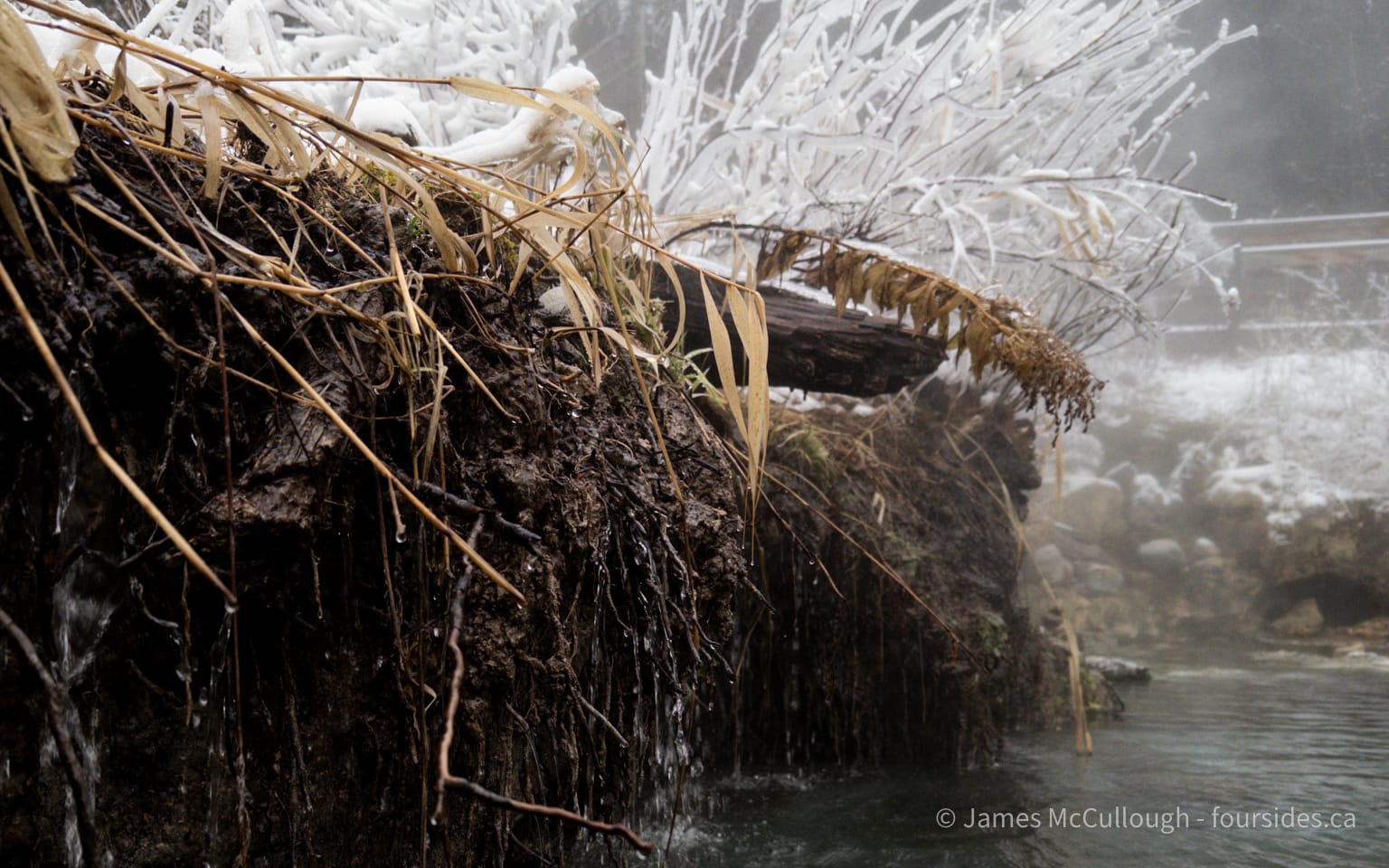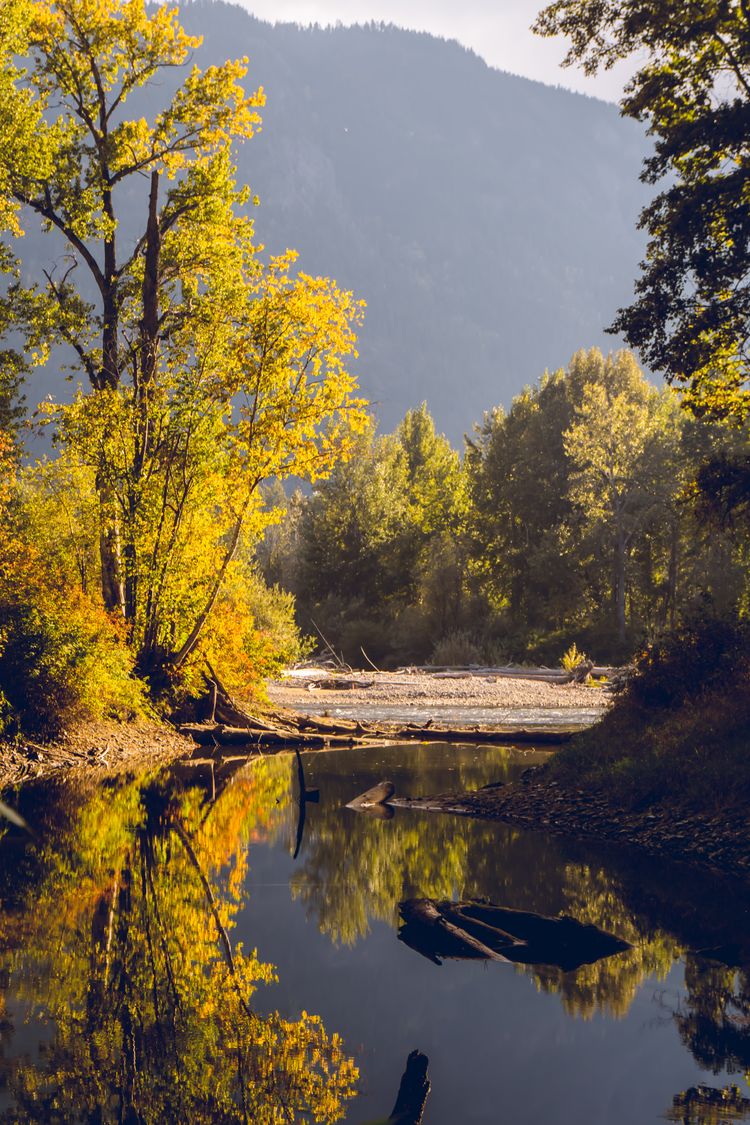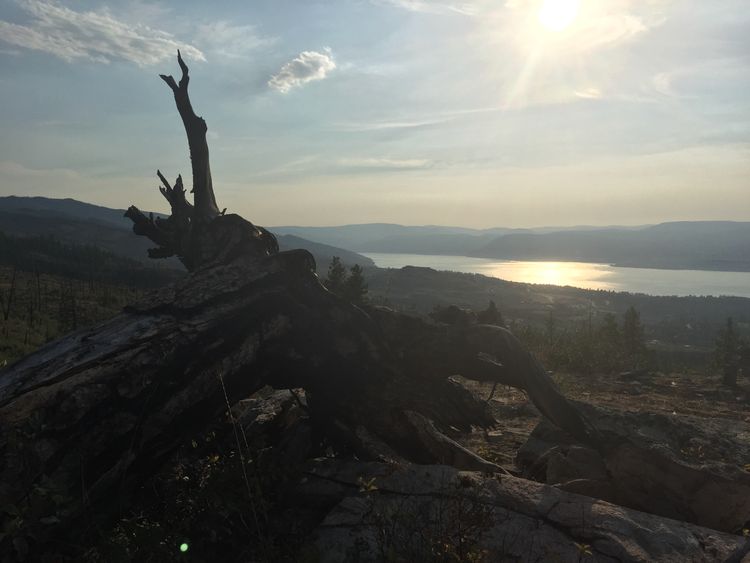An Afternoon in Fintry BC


Serene He stands among the flowers
And only marks life’s sunny hours
For him dark days do not exist
The brazen-faced old Optimist
— George Allison1
In preparation for the coming summer season, I have been taking some time to explore the Okanagan more. Partially to satisfy my own natural curiousity about the historical background of the region, but also to provide ideas of things to do for the guests of the vacation rental. When I first arrived in the valley five years ago, I thought the history was to be fairly basic: the valley was discovered to be a perfect climate to grow apples, peaches, and other fruit, and then slowly grew up to be a bustling city based on tourism and the environment.
Nothing is ever quite that simple. Dispersed through the region you will hear stories of the characters that helped build the area from the ground up. On this particular day, I went to explore the waterfalls of Fintry.

Fintry is a small town located on the western shores of the Okanagan, between West Kelowna and Vernon, to the North. A windy road leads you to Fintry from either direction, full of mule deer and bighorn sheep. Another windy road leads down from the highway into the delta that the town of Fintry is built near. Fintry itself is almost exclusively a residential town. Across Shorts Creek is the Fintry Provincial Park, the real highlight of the area.
When I parked the car to hike up to the waterfall, I was greeted by a sight that I wasn’t prepared for. Wide open fields that were used for farming in the past, and several large farming buildings built in the 1910s. The Provincial Park is actually the original estate of Captain Thomas Shorts, who purchased the land in 1882. He operated a business of rowing cargo and people up and down the Okanagan Lake, 125 km in length. When paddle-wheelers started showing up on the lake, he was put out of business in 1893.
James Cameron Dun-Waters came onto the property in 1908 and started to transform the property from nothing into a bustling farm. His history is rather fascinating. A young man from Scotland, he inherited a sizeable inheritance when he was only 22. He spent his early years traveling the world hunting before he came across the Okanagan and fell in love.

The farm buildings are mainly untouched and slowly crumbling to the ground. It was a quiet day, so I was able to freely walk around to take some time to marvel at the old construction. I was really drawn to the lines of the buildings, the colours of the bricks stuck in the ground, and the rusted iron poking out. Something new to discover at each step.


Behind the farm yard, is the trail leading up to the waterfalls. Dun-Waters harnessed the power of the falls to power a small sawmill, have running water through his property, and even electricity to power a private phone system between the buildings. 400 steps lead up the waterfalls – the same creek cascading down three separate times, progressively more impressive as you climb up. To hear the rush of water falling down 200’ and then turning your head to catch the sun lighting up the blue waters of the Okanagan Lake is quite wonderful.

After descending the stairs, I began to explore the rest of the estate. The area is quite large and hosts a provincial campground now, with a boat launch and beach. On the rest of the estate, there is an old packing house on the shoreline, a lighthouse, and the Victorian manor house that Dun-Waters built for his wife (picture at the beginning). Granite was taken from the cliff walls behind the house, and all the antiques inside were transported by paddle-wheeler to his property. Tours are available for the house in the summertime.
The packing house is all shuttered, which is a shame, because the view looking out from it is incredible. Naturally, a large, empty space that is locked up has been broken into, creating a new layer on top of the old wood.

Fintry is a neat afternoon adventure to take. I look forward to returning there in the summertime to view the inside of the manor house and exploring the buildings a little more closely.
- This poem is on sun dials around the world, but I couldn’t find anything about the original publishing source. The only George Allison I could find reference to was a journalist and football manager in London around the turn of the nineteenth century. ↩










Member discussion